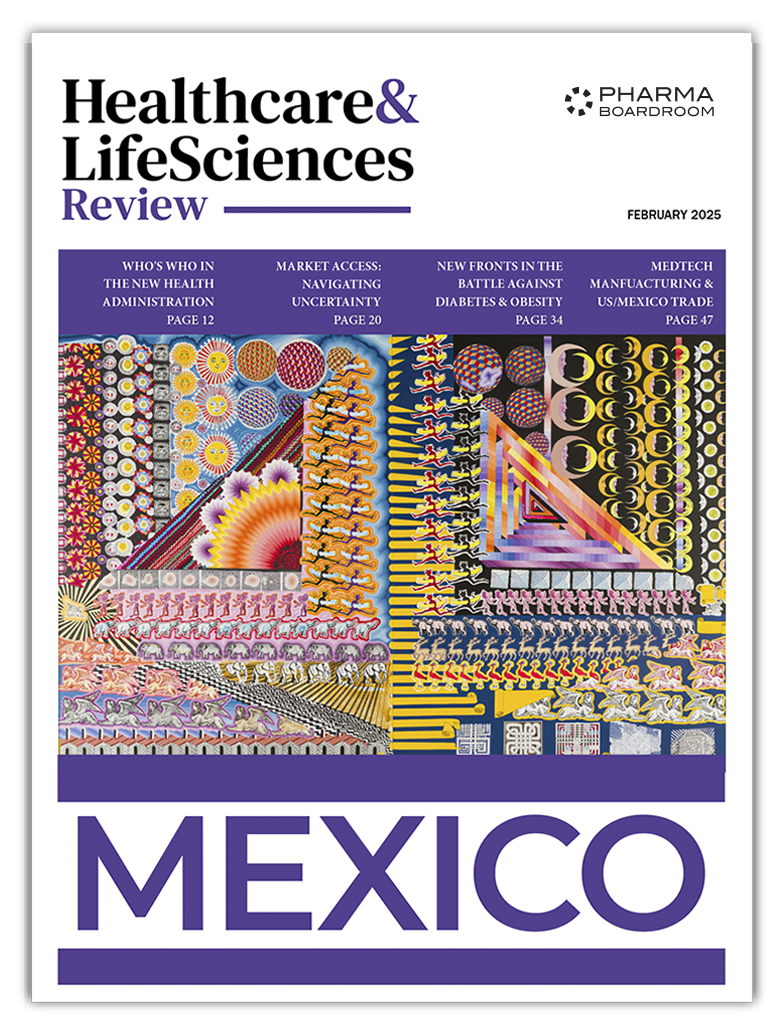The 2024 Access to Medicine Index, released today, highlights some of the key milestones reached by global pharma in fostering access to their medicines in low- and middle-income countries (LMICs). Novartis tops the ranking – based on a wide-ranging assessment of access governance, R&D, and product delivery – meaning that GSK drops to number two for the first time since 2008.
The Index is a biennial report from Amsterdam-based nonprofit The Access to Medicine Foundation and examines the world’s largest 20 pharmaceutical companies’ access efforts. It paints a picture of some admirable advancements, but also of persistent gaps in global health equity, with uneven progress in creating inclusive business models, situating a greater proportion of clinical trials in LMICs, as well as on voluntary licensing and technology transfers.
Inclusive Business Models: Uneven Progress
The 2024 Index reveals that significant access to medicine gaps remain for the world’s most vulnerable populations. Five of the 20 companies surveyed—Bristol Myers Squibb, Novartis, Novo Nordisk, Sanofi, and Pfizer—have implemented what the AMF calls ‘inclusive business models,’ which include long-term plans around issues like tailored pricing and partnerships. These models aim to overcome systemic barriers such as supply chain limitations and, unlike philanthropy or donations, are designed to be scalable and integrate into regular business operations.
However, their implementation remains limited and often excludes the very poorest nations. While these models collectively cover 102 countries, including all low-income countries (LICs), only 39 percent of products are available in LICs compared to 85 percent in upper-middle-income countries. The AMF’s Head of Research Claudia Martinez, tells PharmaBoardroom that “LICs, the poorest of the poorest, tend to be overlooked and continue to be overlooked by companies’ access efforts.”
Clinical Trials: LICs Left Behind
Clinical trials are essential for developing and ensuring access to life-saving treatments. Yet, the Index finds a glaring disparity: only 43 percent of trials occur in low- and middle-income countries (LMICs), which are home to 80 percent of the global population. The situation is even starker in LICs, where only 3.5 percent of trials occur.
This exclusion has profound consequences. Countries without trials are typically left out of access plans for new treatments. Furthermore, a lack of diverse clinical data limits the development of medicines suited to LMIC populations. Martinez stresses, “When you exclude low-income countries from clinical trials, people in these countries don’t just miss out on participating in the trial, but even the opportunity of eventually getting access.”
Despite the bleak numbers, there are bright spots. Gilead, for its part, has conducted HIV prevention trials in Uganda, and Novartis is testing antimalarials across Africa as part of the PAMAfrica consortium, demonstrating how strategic partnerships can bridge access gaps.
However, this is part of a broader absence of access planning across R&D work, says Martinez. “While companies generally do have access frameworks, only four companies have them for all their pipeline candidates,” she notes. “On average, across the industry, access planning only systematically takes place in six countries”.
Voluntary Licensing & Technology Transfers: A Missed Opportunity
Voluntary licensing has historically been a powerful tool for expanding access, especially in HIV treatment, yet the momentum is waning. The Index identifies only two new non-exclusive voluntary licenses (NEVLs) issued during the period analysed—down from six in the previous report.
Technology transfers have also stalled, with only six companies having active technology transfers on the African continent today (Boehringer Ingelheim, Gilead, Merck, Novo Nordisk, Pfizer, and Sanofi).
Licenses like Gilead’s agreement for lenacapavir, a long-acting injectable for HIV prevention, can catalyse access in LMICs by enabling generic production. However, again, it is the poorest of the poor who miss out. The geographic concentration of licensing efforts—largely focused on India, Brazil, and China—means that much of Sub-Saharan Africa is left behind.
Martinez highlights the need for action and urges a revitalisation of this approach. “Companies can capitalize on available mechanisms, like voluntary licensing and tech transfers, to equip local health systems in LMICs to become more self-reliant,” she states.
Stagnation at a Time of Need
While a few companies (notably Novartis, Sanofi, and Boehringer Ingelheim) climbed this year’s rankings and can be proud of some of their recent access initiatives, the pharmaceutical industry’s overall performance has stagnated. Progress is slow and uneven across inclusive business models, clinical trials, and licensing efforts. The message of the 2024 Index is therefore stark: the industry can, and must, do more. “The potential to address access gaps remains unfulfilled,” Martinez concludes. “Far too many people are still being left behind.”
Made with Visme Infographic Maker
Read the full report on the Access to Medicine Foundation website


